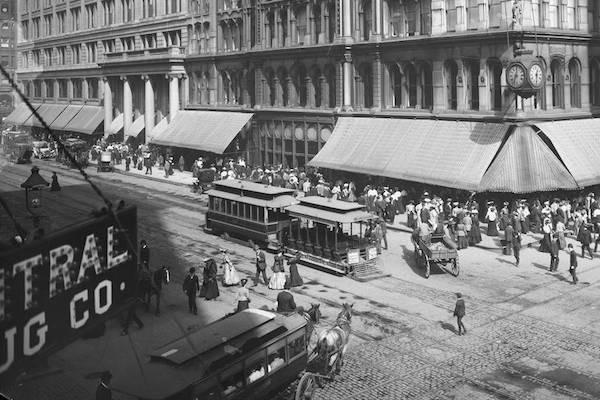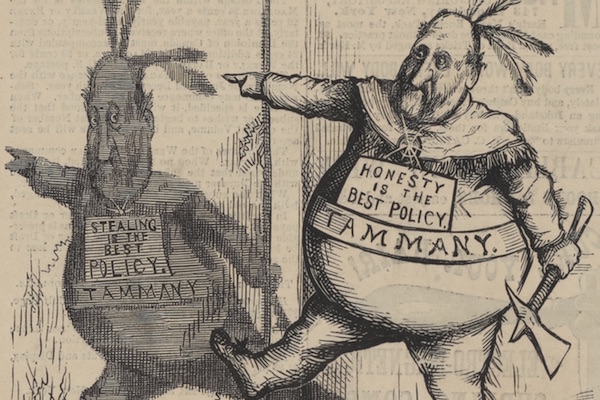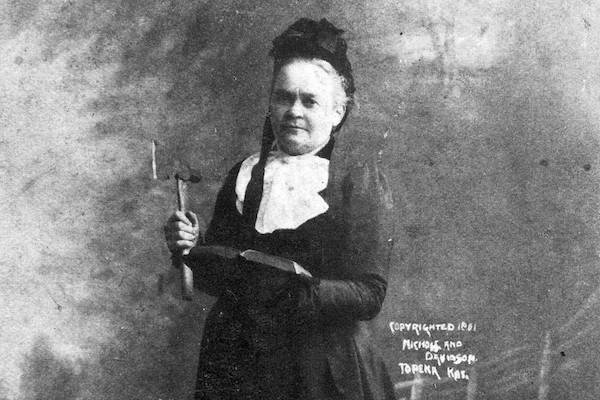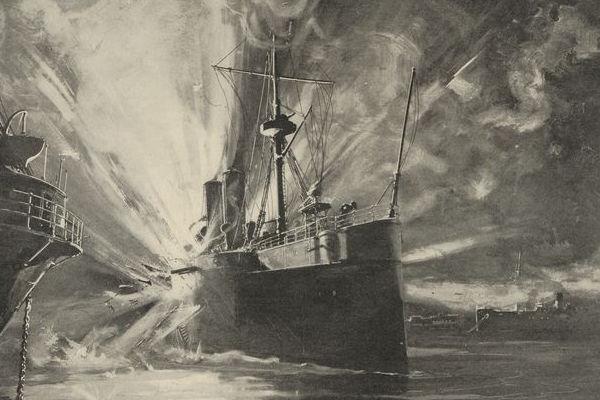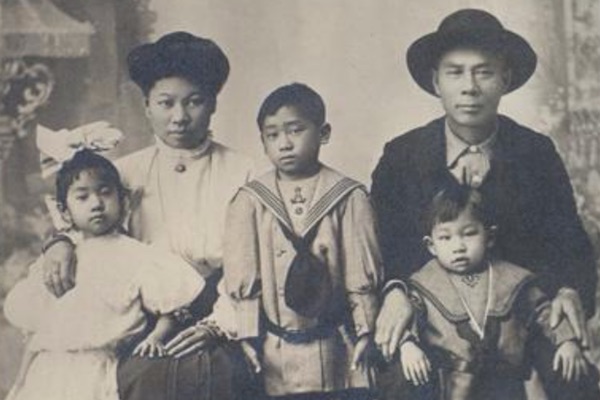Blackface minstrelsy was a popular nineteenth-to-early-twentieth-century American musical and theatrical art form. Although the genre began during slavery, the primary sources in this set reflect blackface minstrelsy after the American Civil War. During this era the South was at its most vulnerable point. African Americans were trying to make sense of their new found freedom and the racial violence inflicted upon them, while white Southerners were dealing with living in a newly integrated society and the financial burden of redeveloping the South’s economy without slave labor. Many white Southerners were nostalgic for the “good old days,” and used various forms of artistic expression to convey their dissatisfaction with their new way of life.
Nineteenth-century writers such as Joel Chandler Harris and Thomas Nelson Page developed the Plantation Tradition, a genre of writing that glamorized the relationship between whites and blacks during slavery, and represented African Americans in demeaning ways. This genre emphasized the inability of African Americans to use their freedom “responsibly.” A similar aesthetic was adopted in the musical-theater industry through the minstrel-show genre. Minstrel shows were elaborate musical and sketch performances that consisted of white actors dressed in “blackface,” who would use comedy and music to imitate and mock African American vernacular and experiences—both on the plantation and in post-emancipation society. African American actors also performed in minstrel shows, sometimes wearing blackface. Bert Williams became the most famous African American minstrel artist, and his controversial career is a reflection of the complexities of the African American experience during this era.
By the beginning of the twentieth century, blackface minstrelsy had lost its momentum, but its impact could be seen globally. As historian and scholar Eric Lott suggests, blackface minstrelsy “rationalized racial oppression.” The most powerful aspect of the genre was its ability to shape the way the world viewed African Americans. Stereotypes of African Americans as lazy, ignorant, and dependent on white Americans were perpetuated through blackface minstrelsy and are still the root of much racial violence and inequality in the twenty-first century.





















